Red Hat and Samsung agree landmark software deal to develop next-gen storage
The partnership is a first for Samsung as the companies commit to developing memory software designs that can keep up with emerging tech
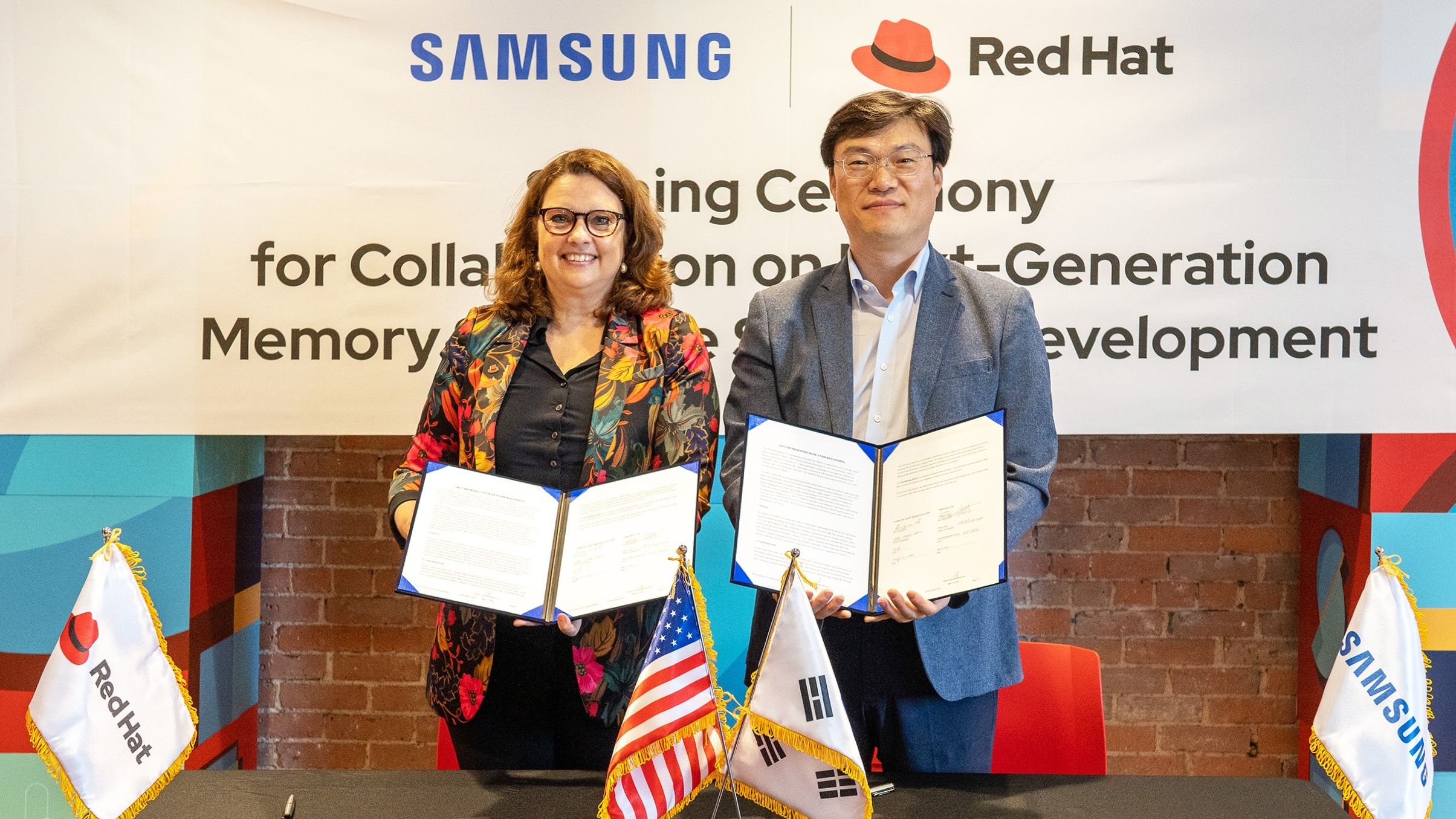

Samsung and Red Hat have announced partnership that will see the two companies jointly develop software for next-generation memory hardware.
The landmark partnership - a first for Samsung - will see the two companies work on both new and existing hardware such as NVMe SSDs, CXL memory, and smart SSDs, and will aim to build “an expansive ecosystem” to integrate hardware and software.
Samsung said it has never partnered with any company in the open source space, but the Red Hat deal is poised to “foster engagements across the IT marketplace”, suggesting similar deals in the future.
Emerging applications such as the metaverse and existing technology still under rapid development, like artificial intelligence (AI) and augmented reality (AR), are the driving force behind the disruptive changes to memory designs currently in use, Samsung said.
“In the upcoming data-centric era, the integration of memory-centric hardware and software architectures will become increasingly essential, and for this purpose, Red Hat is happy to participate in the joint undertaking with Samsung,” added Marjet Andriesse, Senior Vice President and Head of Red Hat Asia Pacific.
Both Samsung and Red Hat will collaborate on their research and new memory designs via the to-be-launched Samsung Memory Research Cloud (SMRC) - a “collaboration hub” through which both companies can develop new memory software to function across a range of server environments.
The SMRC will eventually be opened up to customers and other partners, the pair said, allowing for opportunities to test software developments and help to fine-tune the software’s configurations so that it performs optimally across different types of memory hardware.
Get the ITPro daily newsletter
Sign up today and you will receive a free copy of our Future Focus 2025 report - the leading guidance on AI, cybersecurity and other IT challenges as per 700+ senior executives
In addition to developing new memory software, the companies will be working with the Linux community and feeding their findings into Red Hat Enterprise Linux (RHEL) as well as other, unnamed, open source software stacks.
“Samsung and Red Hat will make a concerted effort to define and standardise memory software solutions that embrace evolving server and memory hardware, while building a more robust memory ecosystem,” said Yongcheol Bae, Executive Vice President and Head of the Memory Application Engineering Team at Samsung Electronics.
“We will invite partners from across the IT industry to join us in expanding the software-hardware memory ecosystem to create greater customer value.”
The companies say the SMRC platform is not just a purpose-built collaboration system for this specific project. They claim that it will be instead designed in a way that allows it to be re-used for future IT innovations, following its launch in the second half of the year.

Connor Jones has been at the forefront of global cyber security news coverage for the past few years, breaking developments on major stories such as LockBit’s ransomware attack on Royal Mail International, and many others. He has also made sporadic appearances on the ITPro Podcast discussing topics from home desk setups all the way to hacking systems using prosthetic limbs. He has a master’s degree in Magazine Journalism from the University of Sheffield, and has previously written for the likes of Red Bull Esports and UNILAD tech during his career that started in 2015.
-
 Bigger salaries, more burnout: Is the CISO role in crisis?
Bigger salaries, more burnout: Is the CISO role in crisis?In-depth CISOs are more stressed than ever before – but why is this and what can be done?
By Kate O'Flaherty Published
-
 Cheap cyber crime kits can be bought on the dark web for less than $25
Cheap cyber crime kits can be bought on the dark web for less than $25News Research from NordVPN shows phishing kits are now widely available on the dark web and via messaging apps like Telegram, and are often selling for less than $25.
By Emma Woollacott Published
-
 Red Hat just made three big changes to its developer hub – here’s what you need to know
Red Hat just made three big changes to its developer hub – here’s what you need to knowNews Red Hat has unveiled a raft of upgrades for Red Hat Developer Hub (RDHD), including support for a local version as well as new analytics.
By Nicole Kobie Published
-
 Red Hat launches Build module as part of partner program refresh
Red Hat launches Build module as part of partner program refreshNews Red Hat has announced new changes to its partner program, including the launch of a new 'Build' module and go-to-market support capabilities.
By Daniel Todd Published
-
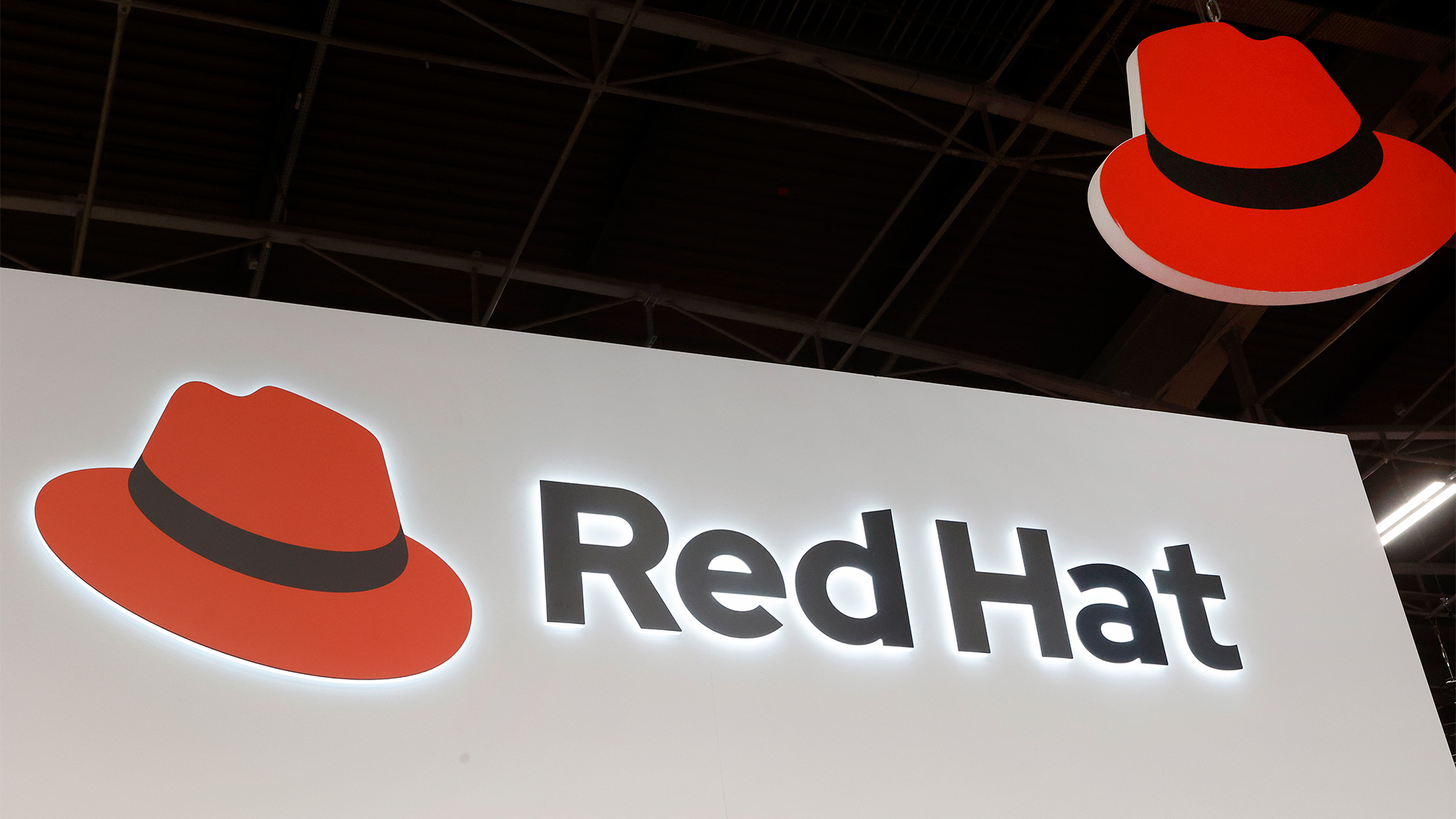 Red Hat eyes “clear pathways for collaboration” with new partner program updates
Red Hat eyes “clear pathways for collaboration” with new partner program updatesNews The enhanced framework for Red Hat partners features a new modular design and fresh incentives
By Daniel Todd Published
-
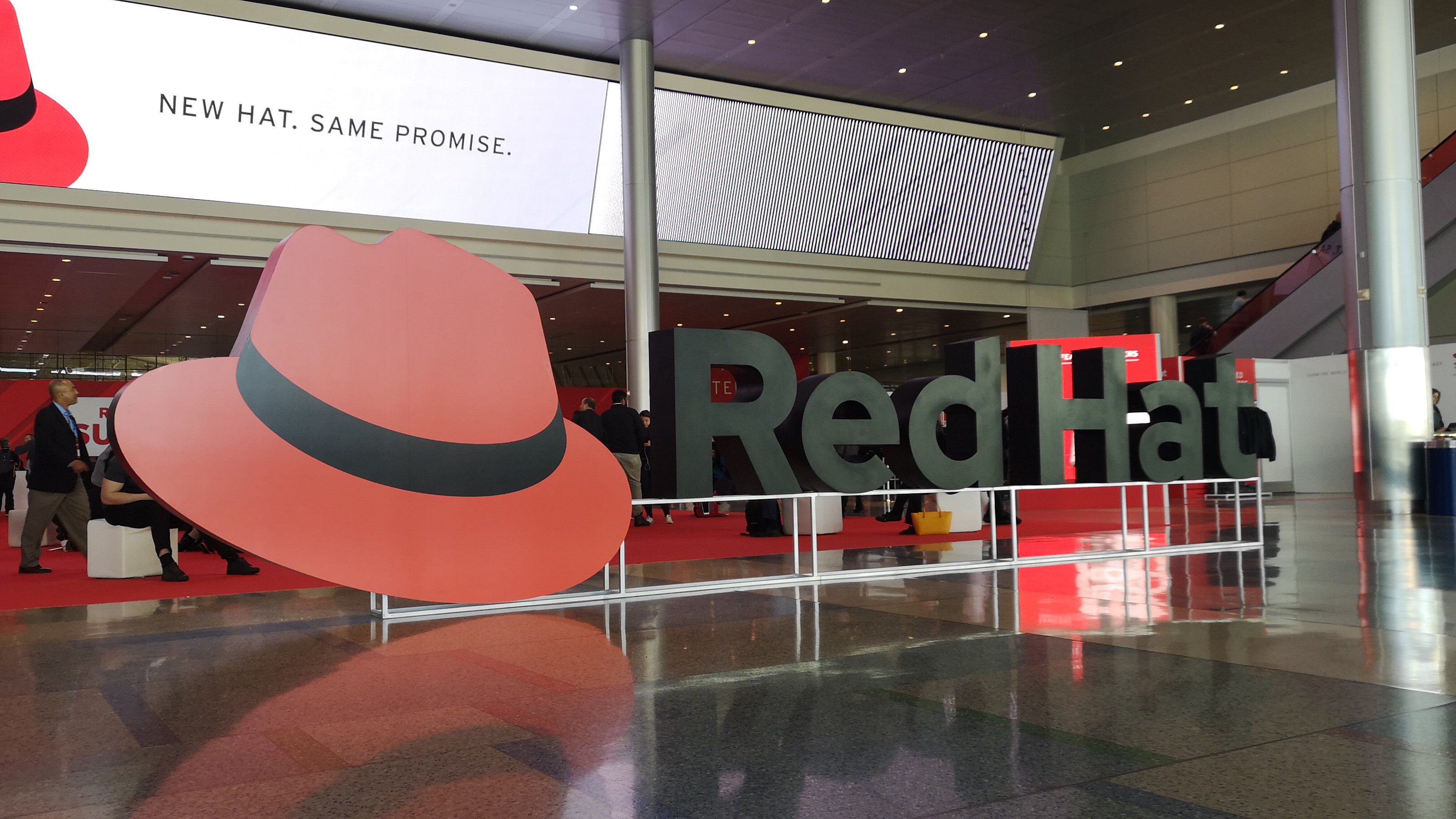 Red Hat adds trio of new tools to its Trusted Software Supply Chain
Red Hat adds trio of new tools to its Trusted Software Supply ChainNews The open-source giant said the additions will help organizations tackle vulnerabilities in their supply chains earlier and improve overall resiliency
By Daniel Todd Published
-
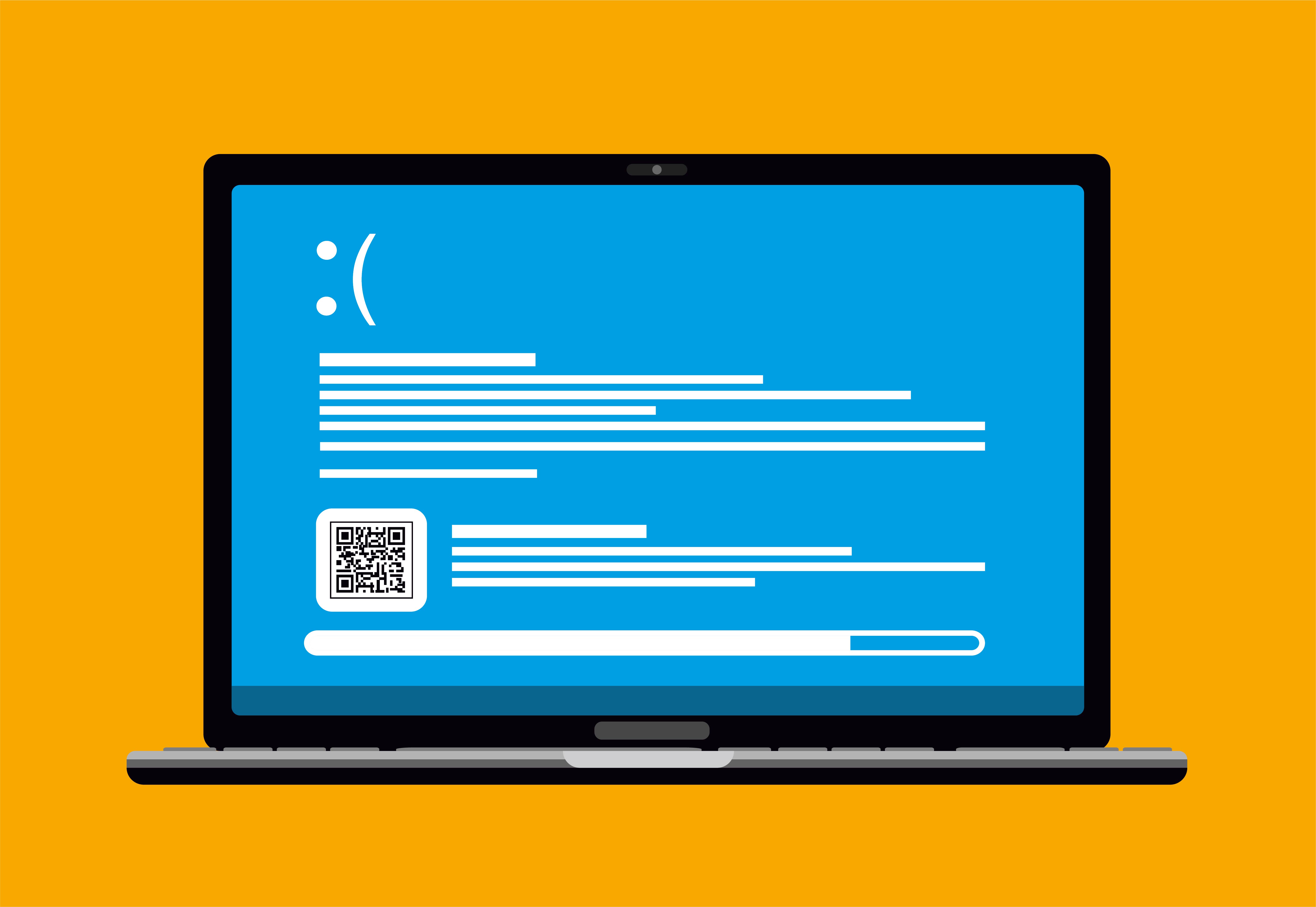 Linux Blue Screen of Death gives users a taste of the dreaded Windows feature
Linux Blue Screen of Death gives users a taste of the dreaded Windows featureNews The Linux Blue Screen of Death has been added in a recent update
By Ross Kelly Published
-
 Red Hat Enterprise Linux becomes foundational operating system for Cohesity Data Cloud
Red Hat Enterprise Linux becomes foundational operating system for Cohesity Data CloudNews New strategic partnership between Red Hat and Cohesity aims to drive innovation in the data security and management space
By Daniel Todd Published
-
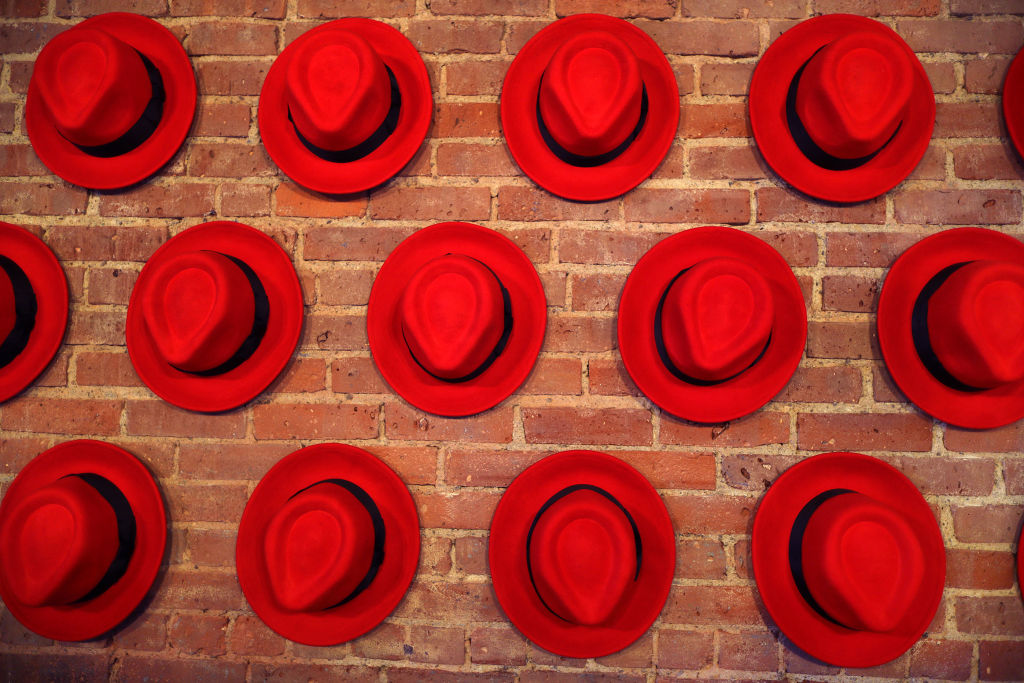 Can the Open Enterprise Linux Association overcome Red Hat’s restrictions?
Can the Open Enterprise Linux Association overcome Red Hat’s restrictions?Analysis Defining how compatibility will be achieved is the crucial question in the Red Hat Enterprise Linux saga
By Richard Speed Published
-
 AlmaLinux follows Oracle in ditching RHEL compatibility
AlmaLinux follows Oracle in ditching RHEL compatibilityNews Application binary compatibility is now the aim with 1:1 now dropped
By Richard Speed Published